A Charlotte Mason School
We believe that this 19th century British educator got it right, and that those principles can be applied effectively in the modern era. Ambleside provides a modern framework and pedagogy toward consistently applying her principles and methods in our junior kindergarten through 12th grade classrooms.
The best way to understand the distinctiveness of a Charlotte Mason school is to experience it in person.
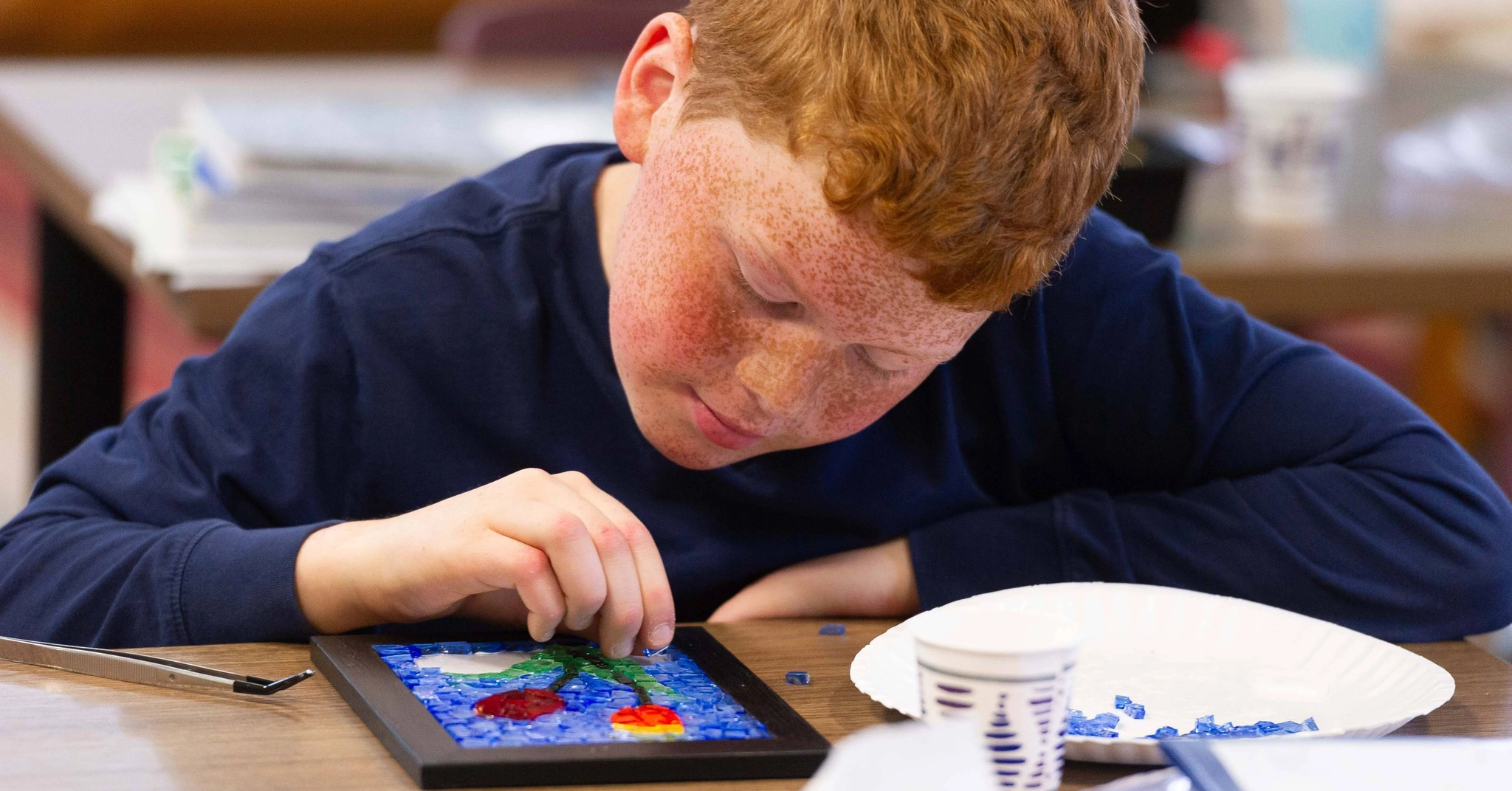
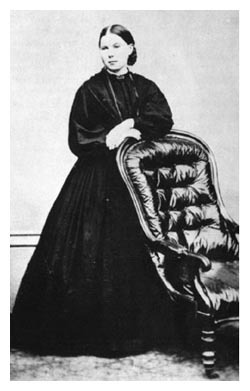
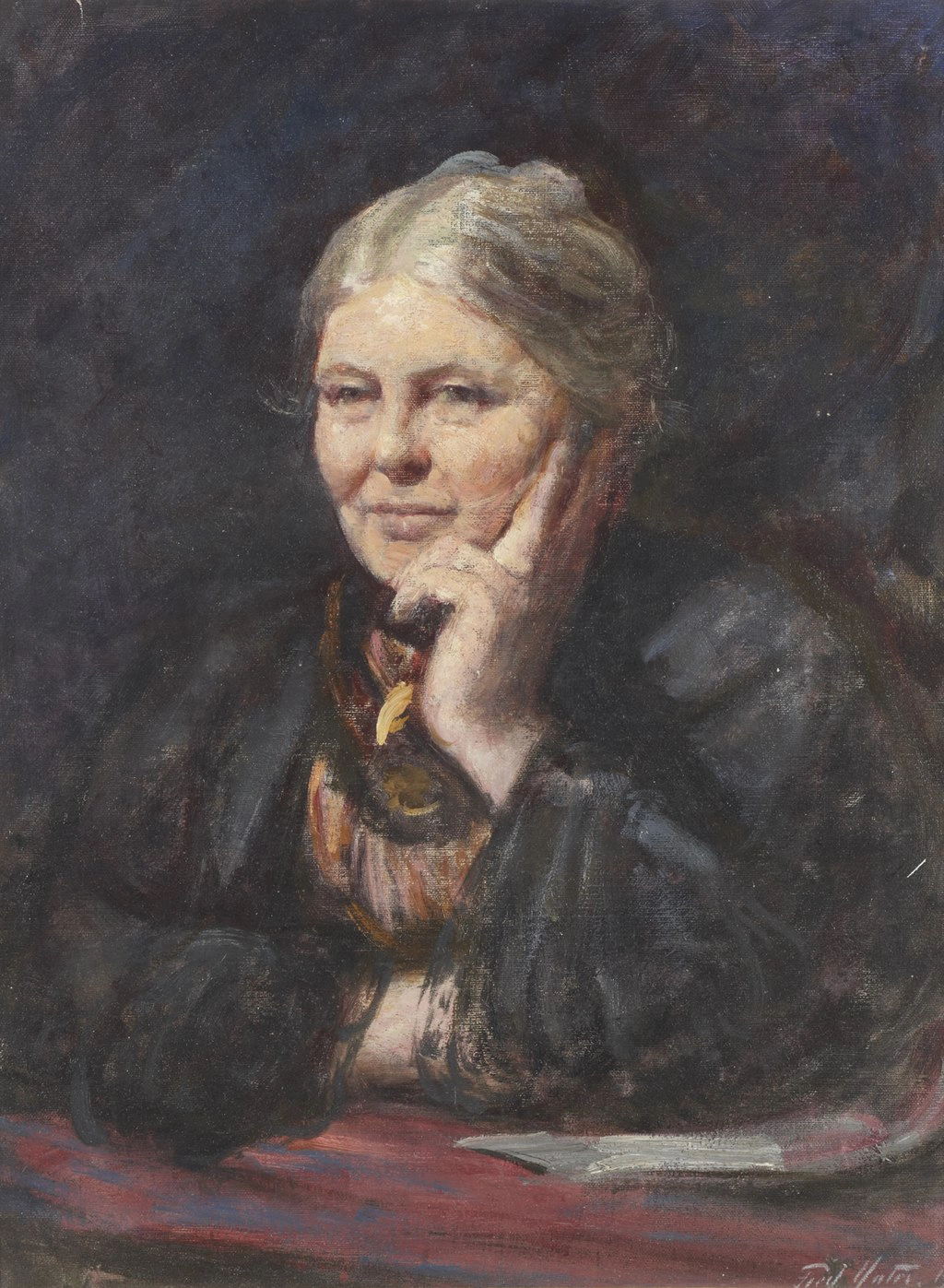
Who Was Charlotte Mason
Born in 1842, Charlotte Mason’s life began with the coronation of Queen Victoria and ended as Europe was still reeling from the carnage of World War I. An English educator, author, and thinker, she witnessed—and provoked—profound social and cultural change.
Orphaned at an early age, always in delicate health, and never with much financial security, Mason was the unlikely pioneer of a social and intellectual movement. That she succeeded in doing so testifies to the power of her ideas, the depth of her friendships, and—as she herself said—the work of the Holy Spirit.
After teaching for nearly 30 years, Mason settled in the village of Ambleside, in England’s Lake District. With the support and encouragement of friends, she founded the House of Education, where she ran a teacher-training program, oversaw the operation of a global correspondence school, and advised education officials.
Mason’s theories were tested in thousands of British schools in the late 19th and early 20th centuries. Teachers and children using her approach consistently flourished both in knowledge and character.
Mason was a voracious reader who cultivated a rich life of the mind. Her colleagues, students, and friends recall encountering her rich imaginative life and powerful intellect not in a vacuum or a lecture, but rather in their relationships with her.
Mason authored multiple books explaining her philosophy of education.
Mason’s theories were tested in thousands of British schools in the late 19th and early 20th centuries. Teachers and children using her approach consistently flourished both in knowledge and character.
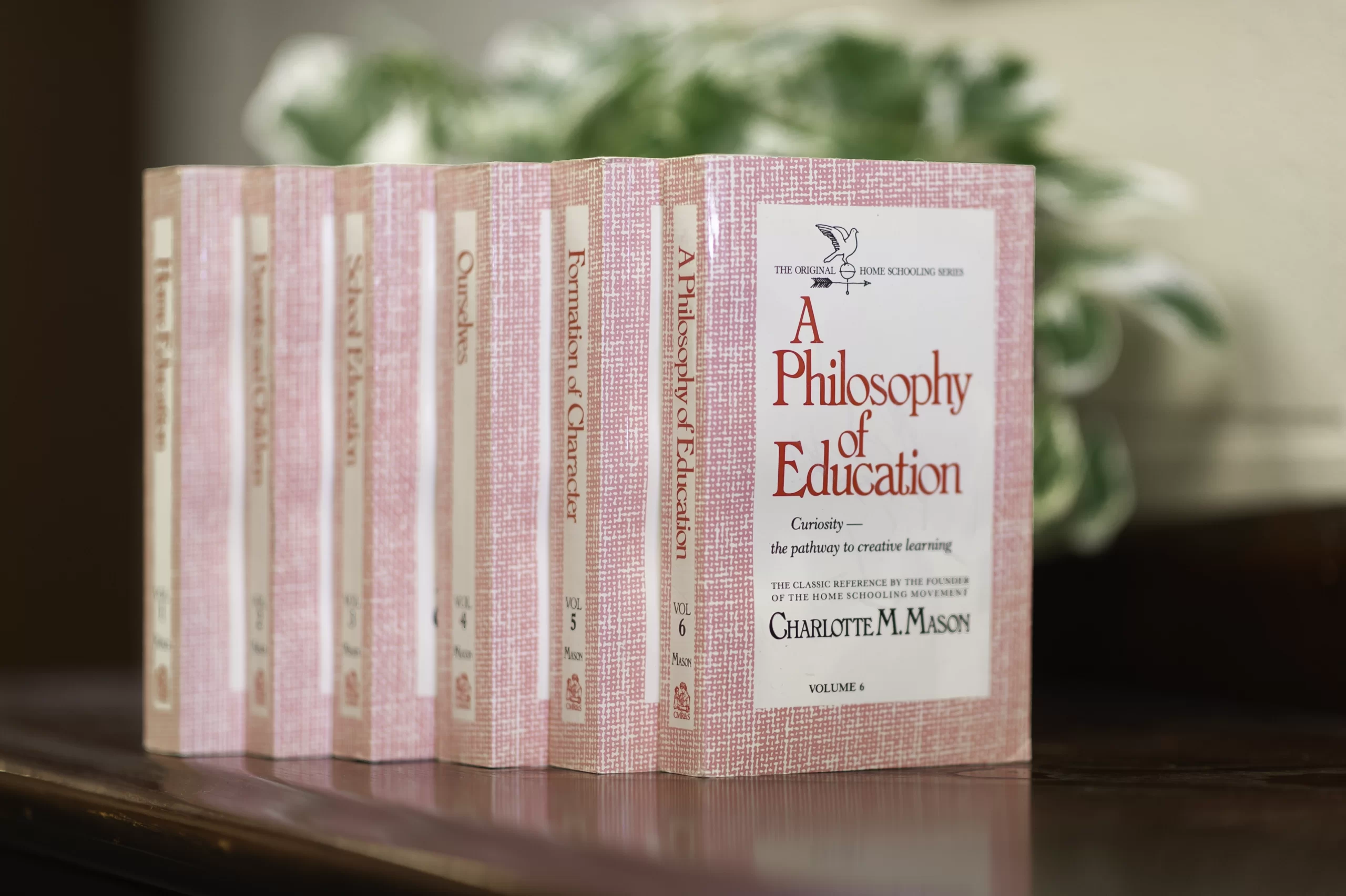
Mason authored multiple books explaining her philosophy of education
By the time of her death in 1923, Charlotte Mason’s method of education was used by teachers across the United Kingdom and the world, forming innumerable children’s hearts and minds. Her influence continued throughout the first half of the twentieth century but began to fade in the years after World War II; such that by 1980 Charlotte Mason and her methods were all but forgotten. It was Susan Schaeffer Macaulay’s publication of For the Children’s Sake (1984) that reignited interest in Charlotte Mason, principally among homeschooling parents in the United States. Interest was further fanned by Dean and Karen Andreola’s 6-volume reprint of Charlotte Mason’s writings.
By the time of her death in 1923, Charlotte Mason’s method of education was used by teachers across the United Kingdom and the world, forming innumerable children’s hearts and minds.
Foundational Philosophies
• Children are born persons, full of infinite possibility—simultaneously image bearers of God and afflicted with the weaknesses of the sinful nature. Because children are persons, with high capacities for intellectual, physical, emotional and spiritual growth, formation rather than information is most central to the educational endeavor in a Charlotte Mason school.
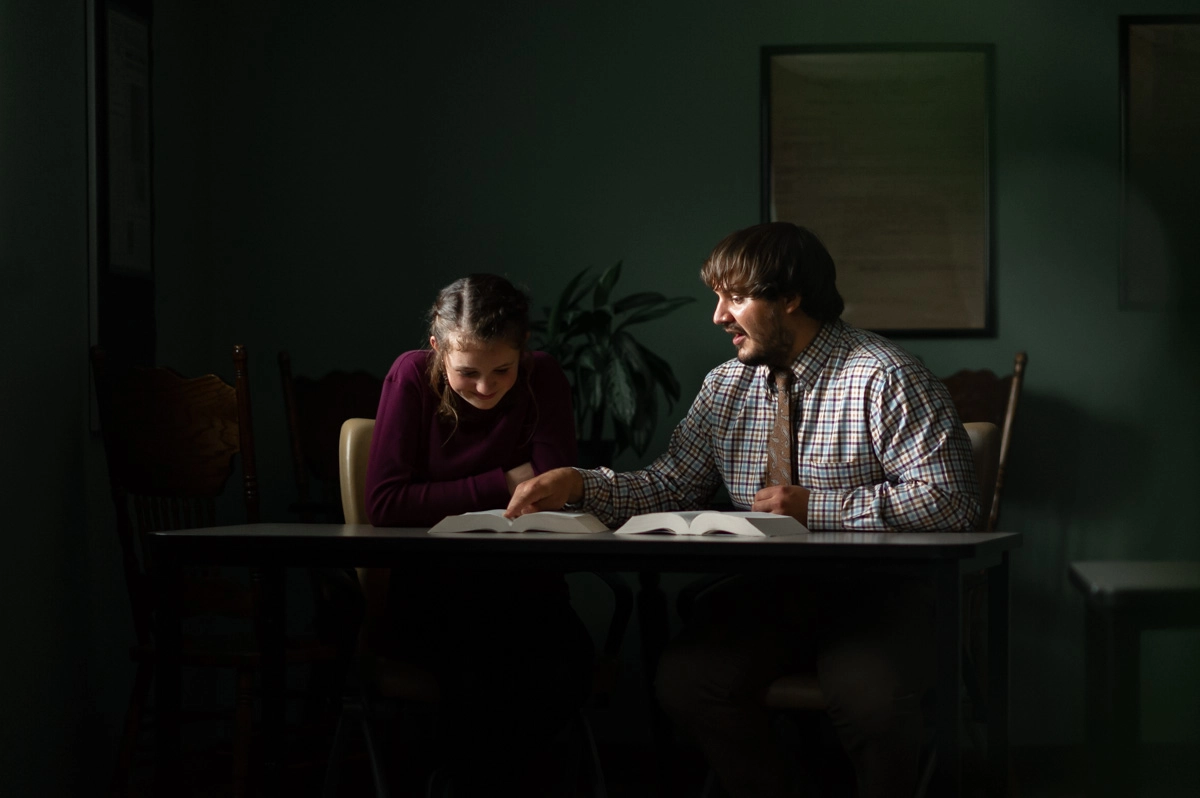
• The idea of relationship is at the very heart of education in a Charlotte Mason school. Students grow in knowledge and understanding as they cultivate relationships with Christ, others, living ideas, the created world and themselves. The curriculum is varied and generous because children naturally relate to many thoughts and subjects: biblical studies, physical exercise, nature lore, handicrafts, the sciences, mathematics, art, history, geography, music, poetry, handwriting, dictation, recitation, composition, grammar, citizenship, and many living books. Because relationship is central, class sizes are limited, that students may know and be known.
• The atmosphere of the learning environment is a vital component to education. Students learn best in a structured, peaceful atmosphere that is rich in ideas, beauty and wonder, and wherein the principles of authority (not autocracy) and teachability are upheld.
• Education is a discipline. Preparation for a life well-lived requires training of the heart and of the will; therefore focus is given to building strong work habits and character. Students are trained to develop strong intellectual, moral, and interpersonal habits—endeavors best approached within the aforementioned context of relationship.
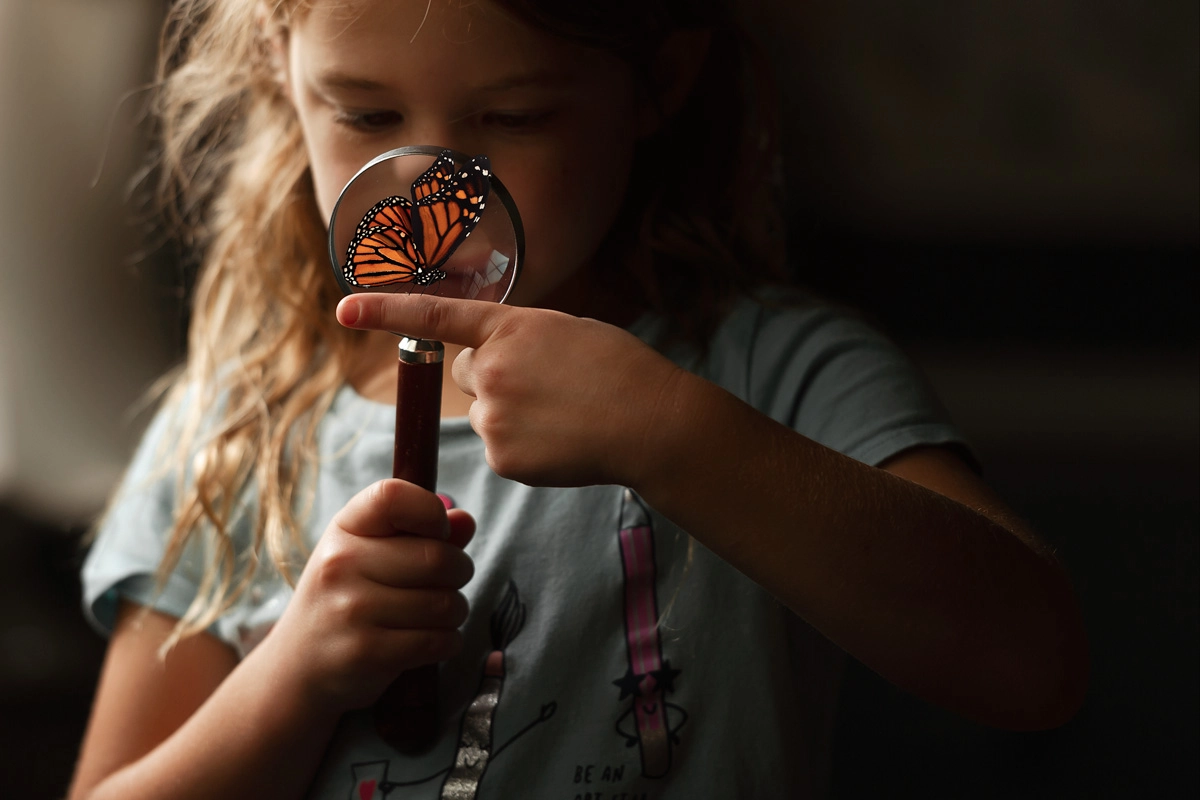
• Education is a life. Children need physical, intellectual, and moral nutrition. In the same way that the body needs food and rigorous struggle for growth, so does the mind feed and grow on living ideas from the best books of the best minds, rich in content and ideas, and which are assimilated and wrestled with daily. Life is full of delight and struggle, and these elements are cultivated within the classroom as well.
• The method of narration is fundamental to the educational process in a Charlotte Mason school. It is an active retelling of what the student has heard and learned. A detailed retelling, rather than a summarization, requires the use of the child’s whole mind and memory, and demands careful attention to a single reading of the source, without review and repetitions.
How It Differs From A Traditional Classroom
Every school classroom has a philosophy. An educational philosophy answers the question, “Why do we do what we do?”
The philosophy you see playing out in a traditional school classroom is based on one of these models:
- Eclecticism: Everyone does what is right in their own eyes. Broadly, a teacher does whatever he or she wants to do within reason, so long as students pass tests.
- Constructivism: Everyone constructs their own experiential truth within reason. Broadly, a teacher introduces books, materials, items, and ideas so that the students can glean their own meaning from them; whatever each student constructs is truth for that person.
- Philosophy-driven: Everyone is guided by a specific underlying philosophy or point of view about how to do education (Montessori, Waldorf, etc.).
- Christian-driven: Choose one of the first three and attach Christian practices to it.
A Charlotte Mason school classroom philosophy is a different approach altogether.
Charlotte Mason is philosophy-driven in that there are specific principles that must be applied in order to be providing a living education. Her philosophy is also Christian in its view of the personhood of Christ, the nature of human beings, the role of the Holy Spirit, the purpose of education, and the relationship with God and God’s created world.
Mason created a philosophy and method that’s authentically Christian. It’s not taking something secular and trying to change it. She conceptualized a base foundation of principles that allow instructors to teach in a Christian way that actually disciples students. It’s a truly Christian model of education.
